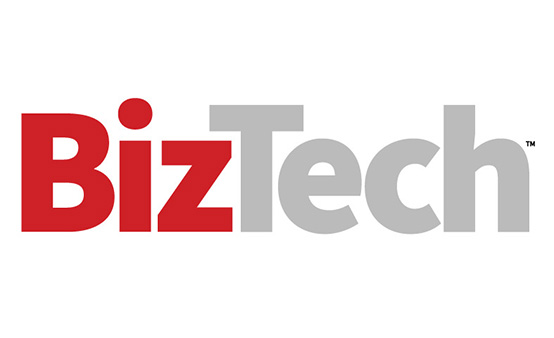Understanding Monitoring vs. Observability
Monitoring in IT environments functions like a stoplight: Green means all’s good, red means something’s down. It’s reactive, flagging incidents only after they occur.
But observability takes a proactive approach, analyzing telemetry data such as metrics, logs and traces. The system attempts to understand, for example, why a website might be slowing down, what might be causing latency in an e-commerce transaction or which workloads are consuming unnecessary resources.
This shift from firefighting to preventive maintenance transforms how small businesses operate in the cloud.
EXPLORE: Improve visibility into your IT systems with these observability solutions.
Observability Brings Performance, Security and Savings
A sluggish website or checkout process can drive small business customers to competitors in seconds. With observability, IT leaders can pinpoint latency, predict peak usage and ensure performance is optimized before customers even notice.
Security is another critical benefit. Observability platforms track logs and network traces, helping IT teams identify suspicious activity, such as brute force attempts or impersonation efforts, and close gaps before attackers succeed.
Datadog, one of the most popular observability platforms, consolidates performance, security and cost optimization into a single dashboard. New Relic, a web-tracking and analytics tool, works similarly, with AI baked in.
DON'T MISS: A step-by-step guide for IT leaders looking to master observability.
Establishing an Observability Mindset
Migrating to an observability model should be intentional. Too often, small businesses buy tools without defining what problem they’re solving. That’s why I recommend starting with a clear “why.” This could be a desire to improve customer experience, reduce downtime or cut costs.
Once business goals are defined, IT leaders should:
- Ensure all telemetry data, including logs, metrics and traces, are collected
- Establish automation and alerting to respond quickly
- Start small, focusing on a priority area such as e-commerce performance or cloud costs, before expanding your focus
As data begins to flow, teams should triage issues based on business impact — tackling the most critical problems first — and then continuously refine policies and processes.
CHECK OUT: Stories from our new publication, BizTech: Small Business.
How to Measure Your Success
The impact of observability can be seen in both quick wins and long-term gains. Cost optimization often delivers immediate results by uncovering unused resources. But there’s also a longer-term peace of mind earned from avoiding financial damages or identifying potential vulnerabilities, along with the shift in productivity that developers often see from spending less time on troubleshooting and more on new, innovative products.
A tech partner like CDW can help teams each step of the way and measure success as these tools are integrated into existing cloud environments. I tell small business leaders that if they want to stay resilient and agile in the public cloud, observability is the best course of action.
This article is part of BizTech's AgilITy blog series.












